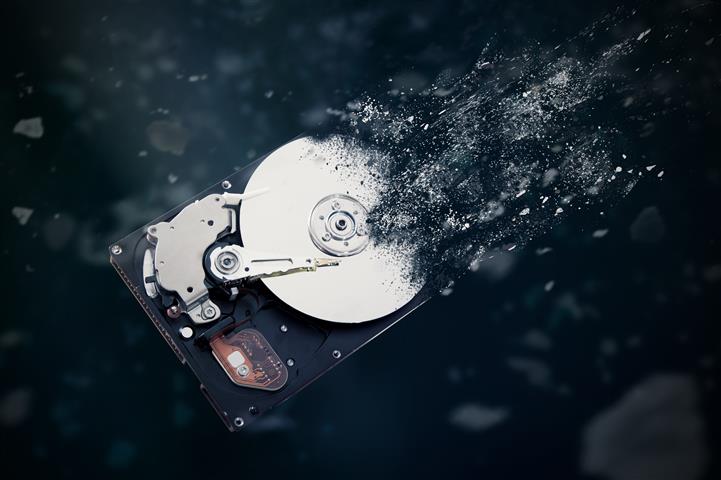Data Destruction is a crucial process that is necessary to ensure that sensitive information is irrecoverable and permanently removed from storage devices. In an age where data breaches and privacy concerns are prevalent, it is essential to employ robust data destruction methods to protect compliance requirements and personal identifiable information (PII). There are two methodologies to wiping – software wipes and hardware wipes.
The Simple Version — read the following analogy
Imagine your computer or any device with memory is like a book with lots of pages where you’ve written down your thoughts and stories. Now, when you’re done with that book and want to get rid of it or give it to someone else, you need to make sure that no one can read what’s written in it.
Here are two ways to make sure your writings are gone:
- Virtual Scribbles (Software Wipe): Think of a special digital tool like a pen that scribbles all over the pages of your book. It goes through each page many times, making it really messy and hard to understand. This is similar to using a computer program that writes over your data multiple times until it’s all jumbled up.
- Complete Erasure (Hardware Wipe): Alternatively, there’s a powerful eraser that erases not just the words on the pages, but even the paper itself. It’s like making sure the book forgets everything it had written. This method ensures that there’s no trace left of what was written, even if someone tried to piece it back together.
So, the virtual scribbles mess up your writings, and the complete erasure makes sure everything is gone. Both ways help keep your private information safe when you’re getting rid of your digital book or passing it on to someone else.
Need Detailed Explanation – Get in the weeds
A software wipe and a hardware wipe refer to different methods of erasing data from storage devices like hard drives or solid-state drives (SSDs). These methods are often used in the context of data security and privacy, especially when disposing of or repurposing storage devices. Here are the key differences between a Department of Defense (DoD) software wipe and a hardware wipe:
- Software Wipe:
- Method: A software wipe involves using specialized software tools to overwrite the existing data on the storage device with random or predefined patterns of data.
- Data Overwriting: The software systematically writes over the entire storage space, effectively making it difficult or impossible to recover the original data.
- DoD Standard: A DoD software wipe typically follows specific guidelines and standards set by the Department of Defense for data sanitization. The DoD 5220.22-M standard, for example, specifies the number of overwrite passes to ensure data destruction.
- Time-consuming: Software wipes can be time-consuming, especially for large storage devices, as they involve writing and rewriting data multiple times.
- Hardware Wipe:
- Method: A hardware wipe, also known as a physical or low-level wipe, involves using hardware-level commands to erase the data directly from the storage device.
- Data Erasure: Instead of relying on software to overwrite data, a hardware wipe physically erases the data at the electronic level, making it more secure and faster.
- No Recovery Possibility: Since a hardware wipe removes the data at the lowest level, it is often considered more secure, with virtually no possibility of data recovery.
- Quick Process: Hardware wipes are generally faster than software wipes, making them more suitable for scenarios where time is a critical factor.
In summary, both DoD software wipes and hardware wipes aim to securely erase data from storage devices, but they employ different methods. Software wipes use specialized software to overwrite data, while hardware wipes use low-level commands to physically erase the data. The choice between them may depend on factors such as security requirements, time constraints, and the type of storage device being sanitized.

